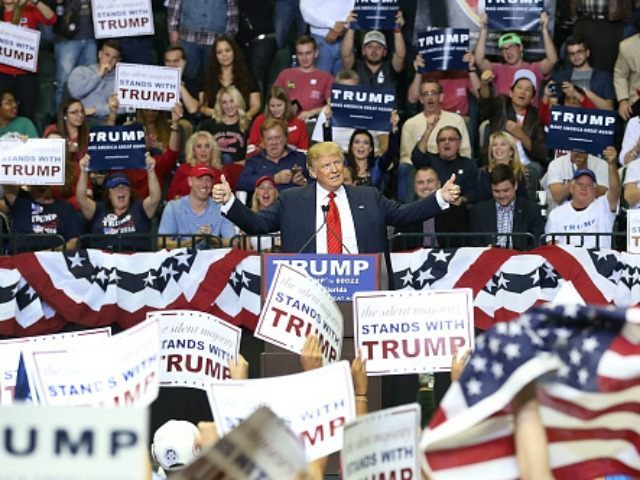John O’Sullivan editor-at-large of National Review writes:
I seem to have been writing articles about conservatism all my life. Not quite, but almost. The first such article for which I was paid appeared in print in 1969 in the Swinton Journal (which, not at all coincidentally, was the first magazine I ever edited.) The article had the uninviting title “The Direction of Conservatism,” and init I advocated educational vouchers, road pricing, flexible exchange rates, and many other good things from the handbook of classical liberalism. It had quite an impact too. When a second article on flexible exchange rates appeared (“Set the Pound Free” — I had a gift for headlines), Edward Heath, then Tory leader, forbade all the MPs in the parliamentary party from even discussing the topic in the future. Poor Ted. After that it was almost inevitable that as prime minister he would himself introduce floating rates, as he did in an early Euro-currency crisis.
From the Swinton Journal I jumped onto the Daily Telegraph as a parliamentary sketch-writer, producing four comic weekday columns on the previous day’s proceedings in the House of Commons, from 1972 to 1979. In that capacity and later ones, I lived through the Heath revolution (followed swiftly by the Heath counter-revolution), the (Enoch) Powellite revolution (aborted), the Thatcherite revolution (blocked and delayed by “the Wets” in numerous petty rebellions), the eventual establishment of the Thatcher Terror, its overthrow after a decade by notables from the Wet-Europhile leadership class, then the slow, grey disintegration of the party during the John Major interregnum, the long years of exile under the Blair-Brown usurpation, and, finally, Restoration! under the triumphant Tory banner of Modernization. And all that was before I arrived in America and National Review to encounter Buckleyites, Birchers, neos, paleos, tea-partiers, RINOs, and now Monty Trump’s Flying Circus.
So I’ve seen all the heterogeneous groups, hyphenated and unhyphenated, of the vast right-wing conspiracy (Anglosphere, Eastern division) – Heathites, Powellites, Thatcherites, Wets, Dries, permanent revolutionaries, consolidators, Majorettes and modernizers, and the pipes and drums of the Royal Cameronian Trimmers. Most of these people hated each other in relays, and they held wildly differing views on most important subjects. But they all managed to stay with relative cordiality in the same political party for all their political lives. Despite their bitter internecine quarrels, they kept buggering on (in the grand old phrase), and as a result the Tory party survived intact through it all, recovering from its disasters, rising to new successes under Thatcher, and falling to new disappointments under all the other leaders.
So give me a break! Stop yattering on about the death of Republicanism or the terminal crisis of conservatism. They’re not even in the intensive-care unit. This is not their finest hour, perhaps, but they will survive.
But what will they survive as? Both Trump admirers (broadly defined) and Trump detractors (ditto) see Republican and conservative establishments reeling before a hostile takeover by an invasion of populist Vikings and Visigoths who have come from nowhere under the banners of “No Entitlement Reform” and “America First” nationalism. Peggy Noonan celebrates this; Jonah Goldberg will resist it just short of in perpetuity.
But the main truth here is that this invasion doesn’t come from outside. It is an invasion mainly of people who have been in the ranks of conservatism all along. It is understandable if most commentators haven’t fully grasped this, because the invasion is led by Donald Trump, who does come from outside both movement and party and who, as Camille Paglia noted in a very different context, makes a very fetching Viking (“bedecked with the phallic tongue of a violet Celtic floral tie . . . looking like a triumphant dragon on the thrusting prow of a long boat” — wow!). But the more we look at who votes for The Donald, the more they look like people who have voted Republican in the past. As Michael Brendan Dougherty, echoed by Ross Douthat, points out, they may belong disproportionately to the working and lower-middle classes, but they also belong to the Republican-voting sectors of those classes. (They were voting in GOP primaries, after all.) And if common observation counts for anything, it is the lower social end of the Republican electorate where conservative views are most often to be found (though less on finance, say, than on crime.)
Read the rest of the story here.

COMMENTS
Please let us know if you're having issues with commenting.